-----
To qualify for the federal tax credit, one must not exceed the following adjusted gross income limits:
$300,000 for married couples filing jointly
$225,000 for heads of households
$150,000 for all other filers
Federal EV Tax Credit is not refundable, which means one must have federal tax due to take advantage of it. If the tax due is less than the credit amount, one can only claim the credit up to the amount of the tax due.
--------------
Here's how cheap you can get a new Model 3 RWD right now (including fed & local EV incentives):
• VT: $26,320
• MA: $26,830
• PA: $27,330
• MD: $27,330 - Delivered after July 1, 2023 https://marylandev.org/maryland-ev-tax-credit
• RI: $27,820
• DE: $27,820
• NY: $28,320
• CA: $28,330
• CO: $28,330
• CT: $29,030
• ME: $29,320
on top of above info federal, state and local incentive info that i posted , some employers are also providing ev incentive like exaple bank of america employees gets $5k incentive , in this case the best case scenario is like below
example scenario
• VT: $26,320 - $5000 bank of america employee ev incentive = $21,320
-------------
CA CLEAN VEHICLE REBATE PROGRAM
$2K is available if your household makes <$200k.
There is an increased rebate of $7500 ($5500 on top of the $2k) available if you fall below income caps based on your household size.
Family of 4 max is $111k, Family of 6 is $149k.
This comes in the form of a check in 2-3 months. https://cleanvehiclereb
This is separate from the CARB Clean Vehicle Grants described below the dashes. It is possible to qualify for both, but the timing is different.
----------------
And California residents that live in a disadvantage community (DAC) https://cleanvehiclegra
Disadvantaged communities are determined using CalEnviroScreen (https://oehha.ca.gov/calenviroscr...
here's the DAC map: https://oehha.ca.gov/calenviroscreen/sb535
And receive an Approval Letter through email.
You must receive an Approval Letter BEFORE you purchase a vehicle. We do not offer rebates and you cannot redeem a grant if you have purchased a vehicle before being approved.
This post can be edited by most users to provide up-to-date information about developments of this thread based on user responses, and user findings. Feel free to add, change or remove information shown here as it becomes available. This includes new coupons, rebates, ideas, thread summary, and similar items.
Once a Thread Wiki is added to a thread, "Create Wiki" button will disappear. If you would like to learn more about Thread Wiki feature, click here.
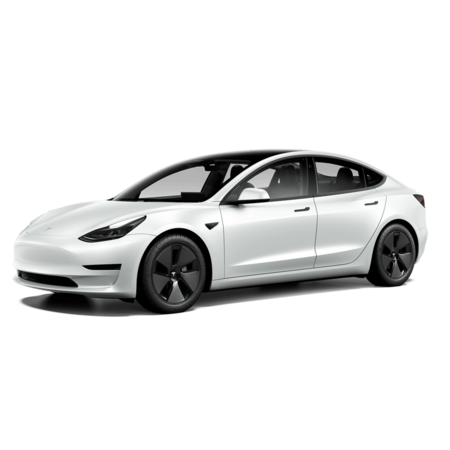
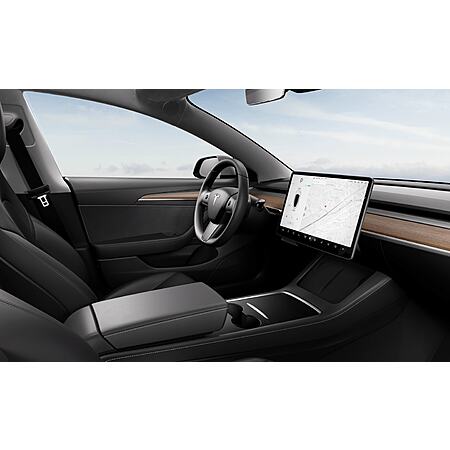
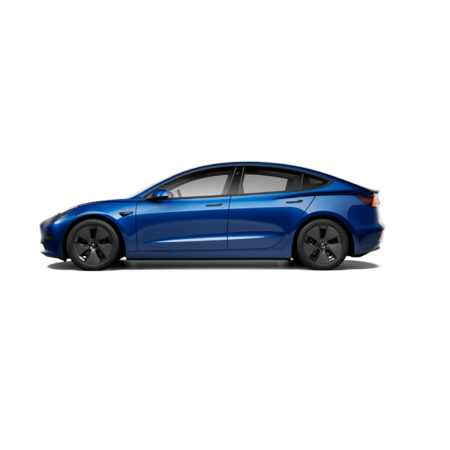
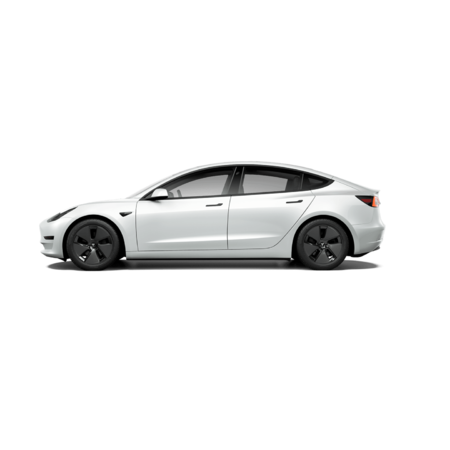
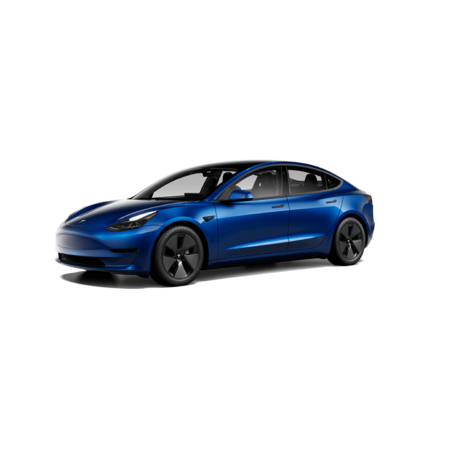





Leave a Comment
Top Comments
https://www.tesla.com/model3/design
Deal is even sweeter if you live in a state with additional credits:
VT: $26,320
MA: $26,830
PA: $27,330
RI: $27,820
DE: $27,820
NY: $28,320
CA: $28,330
CO: $28,330
CT: $29,030
ME: $29,320
Full tax credit details below, but the following income limits apply:
$300,000 for married couples filing jointly
$225,000 for heads of households
$150,000 for all other filers
https://www.irs.gov/credits-deduc...3-or-after
Withholding is totally irrelevant to qualifying for the credit.
If you're unclear on this go read a 1040.
The part where you compute tax liability is lines 16 through 24.
THAT is where the $7500 EV credit comes off.
Your withholdings aren't even looked at until after that on line 25+
This is also not correct.
The Child Tax Credit is worth a maximum of $2,000 per qualifying child. Up to $1,600 is refundable for the 2023 tax year.
Refundable credits are computed AFTER non-refundable ones-- so the CTC is only "worth" $400 off your tax burden for these purposes- the $1600 left is refundable.
Thus if you had say $7900 in tax burden and one CTC and one EV credit, your tax burden would go to $0 and you'd get a full refund of the $1600 refundable part of the CTC
Source:
https://www.nerdwallet.
1,792 Comments
Sign up for a Slickdeals account to remove this ad.
Our community has rated this post as helpful. If you agree, why not thank Knightshade
... what?
Why would you need to buy BOTH a wall charger and a mobile charger? Personally I've only ever bought the mobile-- it's cheaper, and it does largely the same job while being infinitely portable and offering adapters to a wide array of plug types. There's a few niche cases a wall charger offers something worthwhile, but not for most (and then why buy the mobile one unless you I dunno go a ton of remote road trips maybe?)
And every new car sold in the US has a destination fee, there's nothing Tesla specific about that.
.... I'm sure this sentence made sense to you wheny you wrote it- but it doesn't seem to make sense to anybody else.
If you have $7500 in tax liability you get the full $7500 credit.
Using the 2022 tax tables you'd need taxable income, filing single, of $54,000 or more to have $7500 in liability.
$65,900 taxable income for $7500 in liability if married filing jointly.
Do you get a tax credit or not?
The tax credit goes to the lease company, which is the actual buyer of the vehicle- not the person leasing it.
Last I knew if doing a 1st party lease through Tesla they do not pass it through (it's hit and miss among which car OEMs pass through or not)
SOME 3rd party lease companies will pass along the credit- some won't- so if you think leasing makes sense to you for some reason you'd want to look for a 3rd party lease company that passes through the credit.
You think one of the most valuable companies in the world- with ~20 billion dollars in cash sitting around- is just openly engaging in outright fraud via public statements to steal $250 from you?
One of them is you can shift your credits around in time
§ 1.30D–3(a)(3)(iv) would provide that a qualified manufacturer may determine qualifying critical mineral content based on the value of the applicable critical minerals actually contained in the battery of a specific vehicle. Alternatively, for purposes of calculating the qualifying critical mineral content for batteries in a group of vehicles, a qualified manufacturer could average the qualifying critical mineral content calculation over a limited period of time (for example, a year, quarter, or month) with respect to vehicles from the same model line, plant, class, or some combination of thereof, with final assembly (as defined in section 30D(d)(5) of the Code and proposed § 1.30D–2(b)) within North America.
There's a couple different ways Tesla could be using that to allow for $7500 full credit here, retroactive to the April 18th date.
One way is they intend to change those cars to non-china batteries soon-- in which case they can shift the years credits around to provide this several-months window where the cars with Chinese ones qualify and after that they qualify via US batteries.
The fact they recently began importing Chinese built cars into Canada suggests they are, indeed, freeing up extra supply of US batteries for SOMETHING after all- could easily be that- insuring all US made cells go into US sold cars to max credit availability.
Our community has rated this post as helpful. If you agree, why not thank MurraytheDemonSkull
Why would you need to buy BOTH a wall charger and a mobile charger? Personally I've only ever bought the mobile-- it's cheaper, and it does largely the same job while being infinitely portable and offering adapters to a wide array of plug types. There's a few niche cases a wall charger offers something worthwhile, but not for most (and then why buy the mobile one unless you I dunno go a ton of remote road trips maybe?)
And every new car sold in the US has a destination fee, there's nothing Tesla specific about that.
.... I'm sure this sentence made sense to you wheny you wrote it- but it doesn't seem to make sense to anybody else.
If you have $7500 in tax liability you get the full $7500 credit.
Using the 2022 tax tables you'd need taxable income, filing single, of $54,000 or more to have $7500 in liability.
$65,900 taxable income for $7500 in liability if married filing jointly.
The tax credit goes to the lease company, which is the actual buyer of the vehicle- not the person leasing it.
Last I knew if doing a 1st party lease through Tesla they do not pass it through (it's hit and miss among which car OEMs pass through or not)
SOME 3rd party lease companies will pass along the credit- some won't- so if you think leasing makes sense to you for some reason you'd want to look for a 3rd party lease company that passes through the credit.
edit: CTC is partially refundable (1,600).
What does that have to do with 100% tax
Sign up for a Slickdeals account to remove this ad.
Our community has rated this post as helpful. If you agree, why not thank Knightshade
Withholding is totally irrelevant to qualifying for the credit.
If you're unclear on this go read a 1040.
The part where you compute tax liability is lines 16 through 24.
THAT is where the $7500 EV credit comes off.
Your withholdings aren't even looked at until after that on line 25+
This is also not correct.
The Child Tax Credit is worth a maximum of $2,000 per qualifying child. Up to $1,600 is refundable for the 2023 tax year.
Refundable credits are computed AFTER non-refundable ones-- so the CTC is only "worth" $400 off your tax burden for these purposes- the $1600 left is refundable.
Thus if you had say $7900 in tax burden and one CTC and one EV credit, your tax burden would go to $0 and you'd get a full refund of the $1600 refundable part of the CTC
Source:
https://www.nerdwallet.
The overly simplified way to consider this is look at line 18 of the 1040 without any non-refundable credits considered yet... That is your initial tax burden.
You can reduce that amount, dollar for dollar, for all non-refundable credits available including the $7500 EV credit and the $400 non-refundable part of any CTC you qualify for.
If you get to 0 and still have non-refundable credits, you lose the overage but all refundable credits become the start of your refund amount.
If you still aren't at 0 you can now reduce that amount, dollar for dollar, for all refundable credits.
If you get to 0 and still have refundable credits you DO NOT lose that overage- it becomes the initial amount of your refund.
THEN, and ONLY THEN, would you look at your withholdings at all
If you were already at 0 with the above then you take your total withholdings and add 100% of it to your refund
OR
If you never reached 0 after all those credits, you reduce the remaining tax burden dollar for dollar until you reach 0 any remaining withholdings is your refund.
If you STILL don't hit 0 by the end of withholdings, that's your tax bill.
There's actually several ways it's possible.
One of them is you can shift your credits around in time
§ 1.30D–3(a)(3)(iv) would provide that a qualified manufacturer may determine qualifying critical mineral content based on the value of the applicable critical minerals actually contained in the battery of a specific vehicle. Alternatively, for purposes of calculating the qualifying critical mineral content for batteries in a group of vehicles, a qualified manufacturer could average the qualifying critical mineral content calculation over a limited period of time (for example, a year, quarter, or month) with respect to vehicles from the same model line, plant, class, or some combination of thereof, with final assembly (as defined in section 30D(d)(5) of the Code and proposed § 1.30D–2(b)) within North America.
There's a couple different ways Tesla could be using that to allow for $7500 full credit here, retroactive to the April 18th date.
One way is they intend to change those cars to non-china batteries soon-- in which case they can shift the years credits around to provide this several-months window where the cars with Chinese ones qualify and after that they qualify via US batteries.
The fact they recently began importing Chinese built cars into Canada suggests they are, indeed, freeing up extra supply of US batteries for SOMETHING after all- could easily be that- insuring all US made cells go into US sold cars to max credit availability.
Look there might be some tax loop hole that tesla's lawyers probably found. I think one might be the batteries can be swapped for a US one at a later time and maybe this will enable the customer to get the full credit. Maybe tesla intend to offer the swap to a US battery at a later time for those with chinese batteries. But who knows what the performance of those will be or if tesla will charge for this service. Or if they will make you "upgrade" your battery at a cost to get your tax credit. Knowing Tesla, they will probably try to depart you with some of your cash for such service holding your $3750 tax difference as hostage. Personally I would play the wait and see the clarification game before committing more money into a company like tesla. Tesla before 2019... sure maybe. But Tesla after 2019? No chance.
There's actually several ways it's possible.
One of them is you can shift your credits around in time
§ 1.30D–3(a)(3)(iv) would provide that a qualified manufacturer may determine qualifying critical mineral content based on the value of the applicable critical minerals actually contained in the battery of a specific vehicle. Alternatively, for purposes of calculating the qualifying critical mineral content for batteries in a group of vehicles, a qualified manufacturer could average the qualifying critical mineral content calculation over a limited period of time (for example, a year, quarter, or month) with respect to vehicles from the same model line, plant, class, or some combination of thereof, with final assembly (as defined in section 30D(d)(5) of the Code and proposed § 1.30D–2(b)) within North America.
There's a couple different ways Tesla could be using that to allow for $7500 full credit here, retroactive to the April 18th date.
One way is they intend to change those cars to non-china batteries soon-- in which case they can shift the years credits around to provide this several-months window where the cars with Chinese ones qualify and after that they qualify via US batteries.
The fact they recently began importing Chinese built cars into Canada suggests they are, indeed, freeing up extra supply of US batteries for SOMETHING after all- could easily be that- insuring all US made cells go into US sold cars to max credit availability.
The product sold today as FSD capability, for $15,000, lists a specific set of features included with the purchase.
Every single one of them is available. Today. To all North American customers who opt into the FSD beta program.
For those who don't opt in, all of them except one- city streets - is available today (and has been for a couple years now).
Where people get confused is two places:
1) Aspirational statements about future capabilities-- none of which are actually included, listed, or described during the purchase of the option. These are simply things Elon Musk has said he hopes to add in the future, but nobody is "owed" them as part of the purchase.
and
2) The name. But just as Happy Meals don't cure depression, and Diaper Genies don't grant wishes, reading the actual product description solves this confusion instead of just making assumptions from the name.
Sign up for a Slickdeals account to remove this ad.
Leave a Comment